Special News Series: Rising Up For Justice! – ‘Kettling’ of demonstrators at protest could end up costing taxpayers millions
Share
Explore Our Galleries
Breaking News!
Today's news and culture by Black and other reporters in the Black and mainstream media.
Ways to Support ABHM?
Introduction To This Series:
This post is one installment in an ongoing news series: a “living history” of the current national and international uprising for justice.
Today’s movement descends directly from the many earlier civil rights struggles against repeated injustices and race-based violence, including the killing of unarmed Black people. The posts in this series serve as a timeline of the uprising that began on May 26, 2020, the day after a Minneapolis police officer killed an unarmed Black man, George Floyd, by kneeling on his neck. The viral video of Floyd’s torturous suffocation brought unprecedented national awareness to the ongoing demand to truly make Black Lives Matter in this country.
The posts in this series focus on stories of the particular killings that have spurred the current uprising and on the protests taking place around the USA and across the globe. Sadly, thousands of people have lost their lives to systemic racial, gender, sexuality, judicial, and economic injustice. The few whose names are listed here represent the countless others lost before and since. Likewise, we can report but a few of the countless demonstrations for justice now taking place in our major cities, small towns, and suburbs.
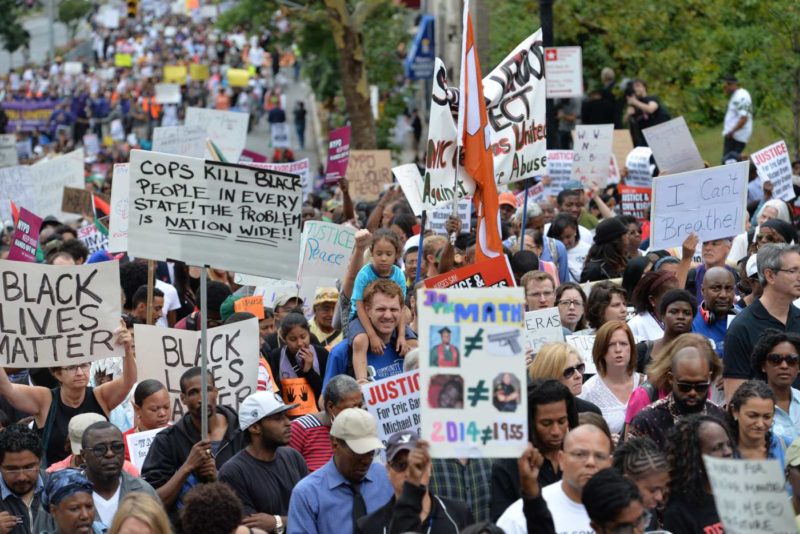
To view the entire series of Rising Up for Justice! posts, insert “rising up” in the search bar above.
‘Kettling’ of demonstrators at protest could end up costing taxpayers millions, advocates say
By James Ford, Pix 11, New York’s Very Own
October 2, 2020

MOTT HAVEN, the Bronx — An international organization whose work advocating for refugees, political prisoners and victims of violence worldwide has earned it the Nobel Peace Prize said Wednesday the NYPD intentionally and illegally carried out a massive attack on peaceful protesters. And following the investigation by Human Rights Watch, the situation could end up costing taxpayers big time.
An eyewitness to the June 4 incident, named Luis (he declined to give his last name), agreed with the Human Rights Watch assessment.
“I seen cops with one stick hitting [the protesters], get tired of hitting them with one stick, then switch to the other hand,” Luis told PIX11 News.
He was one of hundreds of eyewitnesses to the crackdown, in which NYPD officers corralled a few hundred protesters in a maneuver that police call “kettling,” said Human Rights Watch. It reviewed more than 150 videos of the kettling incident that people shot on the scene.
The protest took place just days after George Floyd was killed in police custody. It was making a statement against police brutality, according to organizers. Ironically, protesters ended up experiencing brutality themselves, witnesses said.
The NYPD has said that it was responding to information that it had received that violent unrest was likely to happen at the protest. It never materialized, Human Rights Watch said…
For its part, Human Rights Watch said that “instead of cracking down on peaceful protesters, and stifling their calls for change, local governments should finally do what it takes to end the structural racism and systemic police abuse that people in Mott Haven, and communities like it, have experienced for far too long.”
Read the full article here.
More Breaking News here.
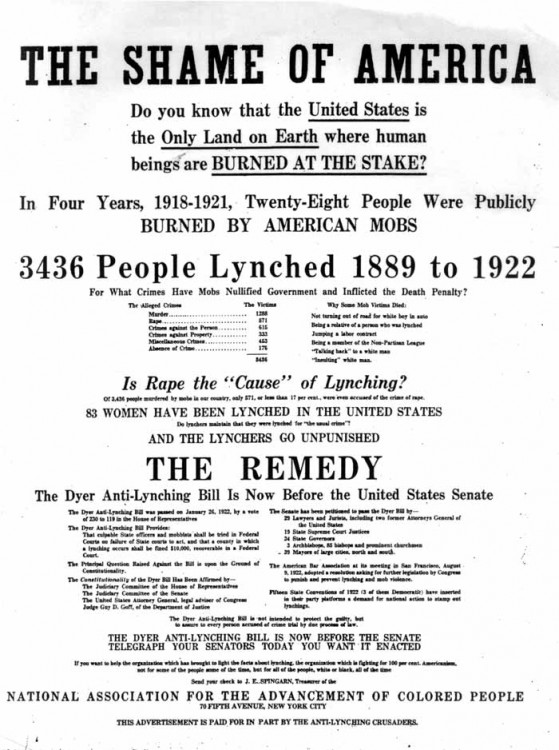
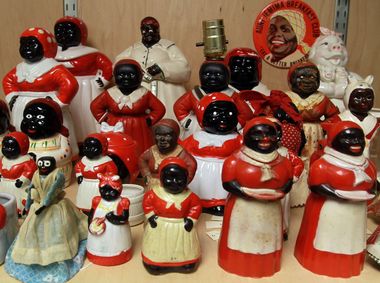


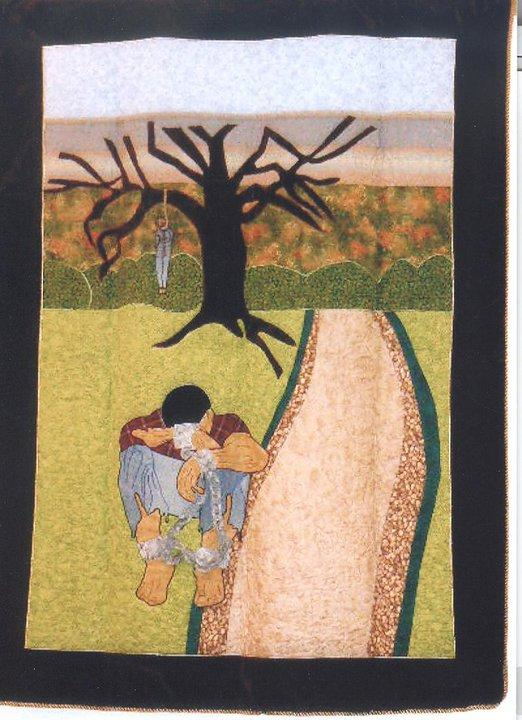

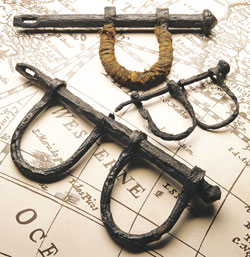


Comments Are Welcome
Note: We moderate submissions in order to create a space for meaningful dialogue, a space where museum visitors – adults and youth –– can exchange informed, thoughtful, and relevant comments that add value to our exhibits.
Racial slurs, personal attacks, obscenity, profanity, and SHOUTING do not meet the above standard. Such comments are posted in the exhibit Hateful Speech. Commercial promotions, impersonations, and incoherent comments likewise fail to meet our goals, so will not be posted. Submissions longer than 120 words will be shortened.
See our full Comments Policy here.